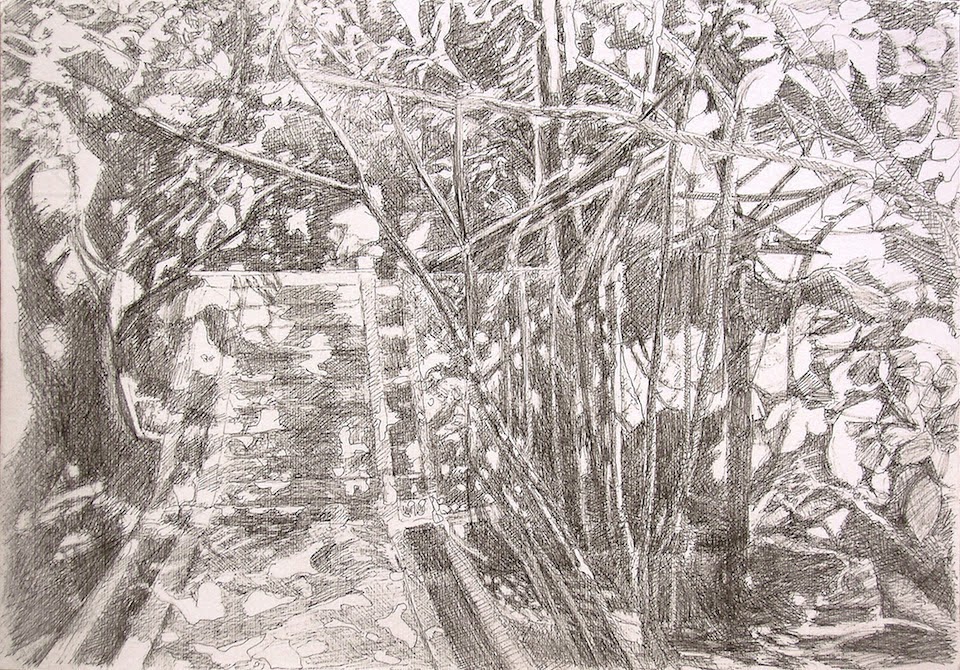It came to pass (according to legend, surely) that two eminent painters in ancient Greece, Zeuxis and Parrhasius, one day decided to hold a contest to decide which one was the better realist painter. On the day of the contest, they walked to the town square. Zeuxis was the first to unveil his canvas. On it was depicted such a perfect bunch of grapes, that the birds flew toward the painting and tried to nibble them.
Zeuxis turned to Parrhasius. “Now take off the cloth that covers your canvas”, he said. But when he tried to remove it, he found that the cloth was… a painting! Therefore Parrhasius won, because, said Zeuxis, “I fooled the birds, but Parrhasius fooled Zeuxis” - a painter, someone with a superior power of perception.
John Ruskin - the 19-century poet, art critic, artist - wrote a few books on art, among them about the art of drawing (“The Elements of Drawing”). He argued that everyone should acquire this ability, if they would like to truly understand the world. He claimed that until you have tried to draw a tree, or a bird, or a house - you haven’t truly seen them.
One of my friends would second him on that. My friend was very excited to describe how he, with no previous experience, sat in a garden and toiled about drawing a few branches of a tree. The more he observed and tried to pass them onto the paper, the more he became aware of the structure of the tree and how complex it was - something he has always taken for granted.
Observing nature makes one humble. And being humble is the greatest gift one can give oneself.
Shortly after I began to study realistic painting and drawing, I found myself gazing at trees for long periods, because painting such a huge organism is all but easy. I patiently observed the interwoven branches, the rising canopy, the play of light on the foliage and the transformation of color, the dark shades. A few minutes into this, (no idea how few - you lose your sense of time when trying to draw) I was suddenly seized by a rather mysterious sensation. Observation has resulted in something close to trance, where I had an enhanced perception of the beauty of the trees, and that beauty has taken over me. It was a most peculiar discovery, as if for a short while I have been part of the soul of the tree.
It is common to say that the eyes are the mirror of the soul, maybe even more than that: they may be a opening through which the soul can come and go as it pleases, merge with the world, feel the unity and joy and beauty. Perhaps beauty is naught but a feeling, which resides "in the eye of the beholder”, or better: in the soul of the beholder.
They were the most common cypresses and eucalyptuses, but suddenly they were talking and singing to me, suddenly I could understand them and they - me. Ruskin was right in his suggestion that everyone should study drawing. You owe it to yourself, to your family - your larger family, the one which includes all things large and small.
I asked myself a simple question: how come I didn’t see it so far? And more questions followed: Why did it turn up just now? And what else can I see that I couldn’t see before? (And I began to make an effort to try to see more and more, to get more of that sweet stuff).
And so painting, having been a goal in itself, reveals its true purpose: to see. Because to see means to know the world, and knowing the world is knowing myself.












